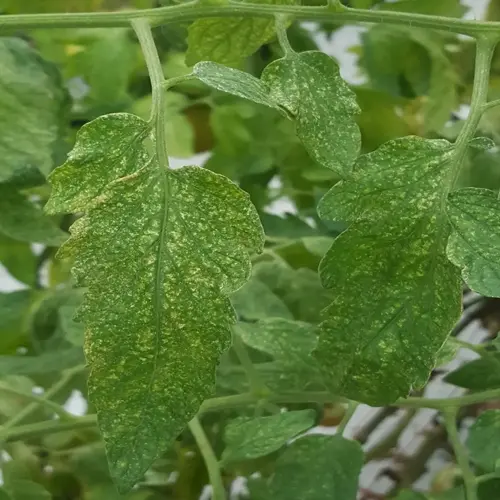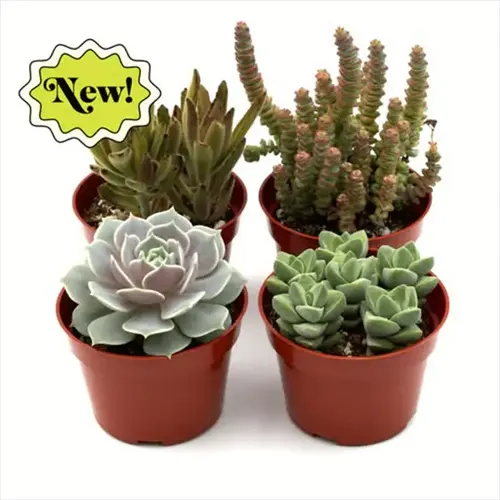Which materials last longest outdoors?

Written by
Liu Xiaohui
Reviewed by
Prof. Samuel Fitzgerald, Ph.D.Choosing durable materials for the outdoors minimizes the frequency of replacements and improves the aesthetics of an area. The frames, made of powder-coated steel, are protected from corrosion by a finish applied electrostatically, which bonds to the metal of the frame. The natural oils of the teak wood protect the wood from moisture, at the same time that the use of chemicals in the treatment of wood is eliminated. These materials withstand a wide temperature range from -4 to 120°F (-20 to 49 °C) and retain their integrity.
Choose UV-stabilized synthetic fibers for your cushions and shade structures. These fabrics contain carbon barriers that prevent the sun's rays from breaking them down. Recycled plastics offer superior durability through post-consumer waste that exhibits molding properties, allowing it to be extruded into lumber-type structures. These types of material will last for years, subjected to stress from the sun, and will not fade or become brittle like others.
Powder-Coated Steel
- Clean annually with mild soap avoiding abrasive tools
- Inspect for chips annually touching up with matching paint
- Avoid salt exposure near coastal installations
Teak Wood
- Apply teak oil every 12-18 months maintaining natural patina
- Use soft-bristle brush for cleaning avoiding pressure washers
- Elevate furniture allowing airflow underneath
Recycled Composites
- Require no sealing or staining for lifetime performance
- Clean with vinegar solution removing mildew naturally
- Allow ¼-inch expansion gaps during installation
Use high-quality materials for maximum durability. Use galvanized materials to anchor steel frames so that rust does not form at the connection points. Leave composite decking with 1/4 inch spacing to allow thermal expansion. This prevents warping and stress damage to the material that would impair its performance over time.
Strategically combining materials allows for a balance of aesthetic and durability. For something visually interesting, the designer can use teak accents combined with powder-coated steel frames. The warm tones of the wood can soften the industrial look of the metal while both materials hold their integrity. It is a timeless look that does not sacrifice weather worthiness.
These high-performance materials compensate for their higher initial costs with many decades of service. They also spare the owners frequent replacements, thus saving money in the long run, with added enjoyment of consistently beautiful outdoor landscapes. Additionally, their sustainability characteristics, including recycled content and minimal maintenance requirements, significantly reduce environmental costs over time.
Read the full article: 10 Transformative Terrace Garden Ideas

